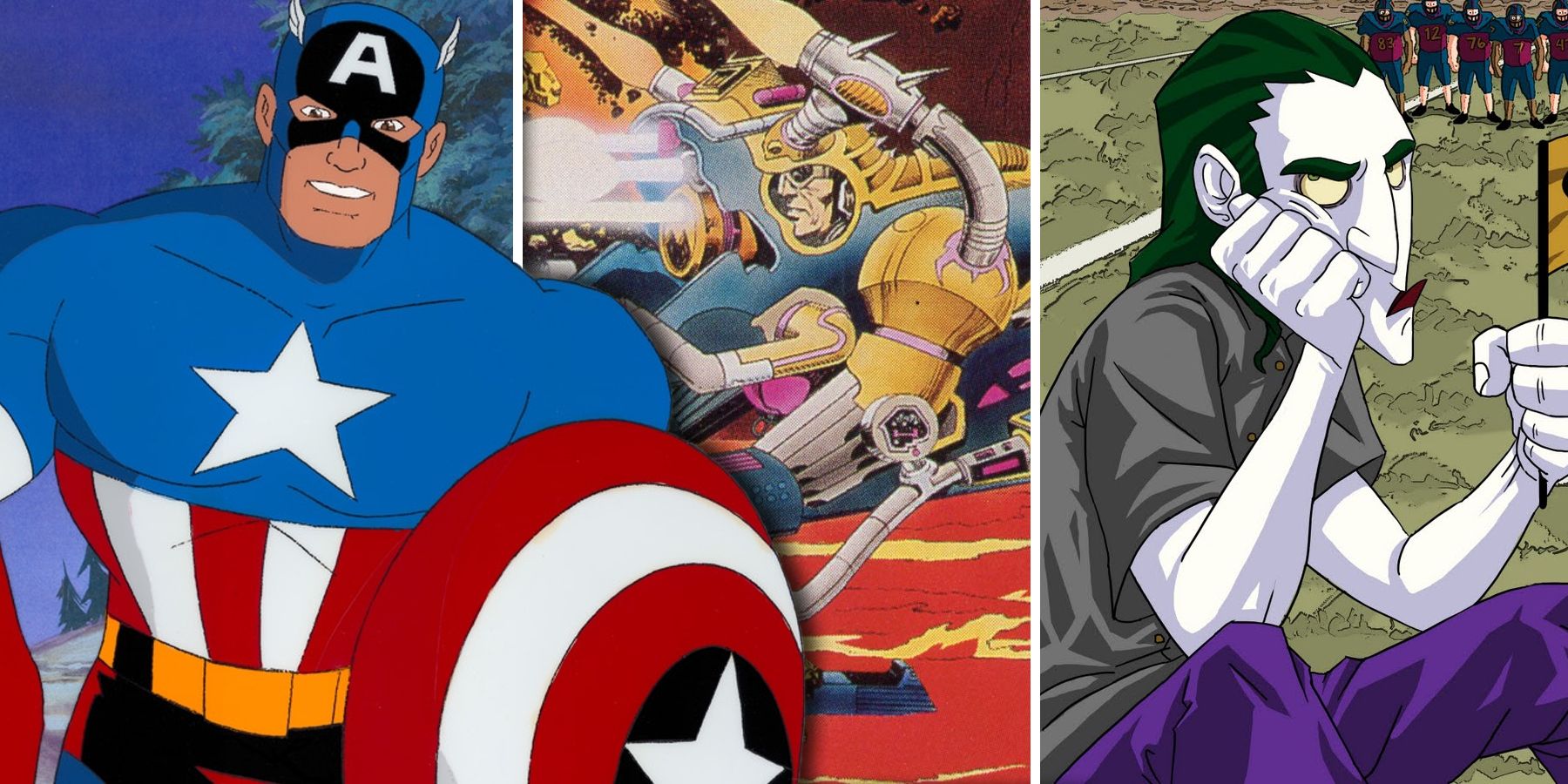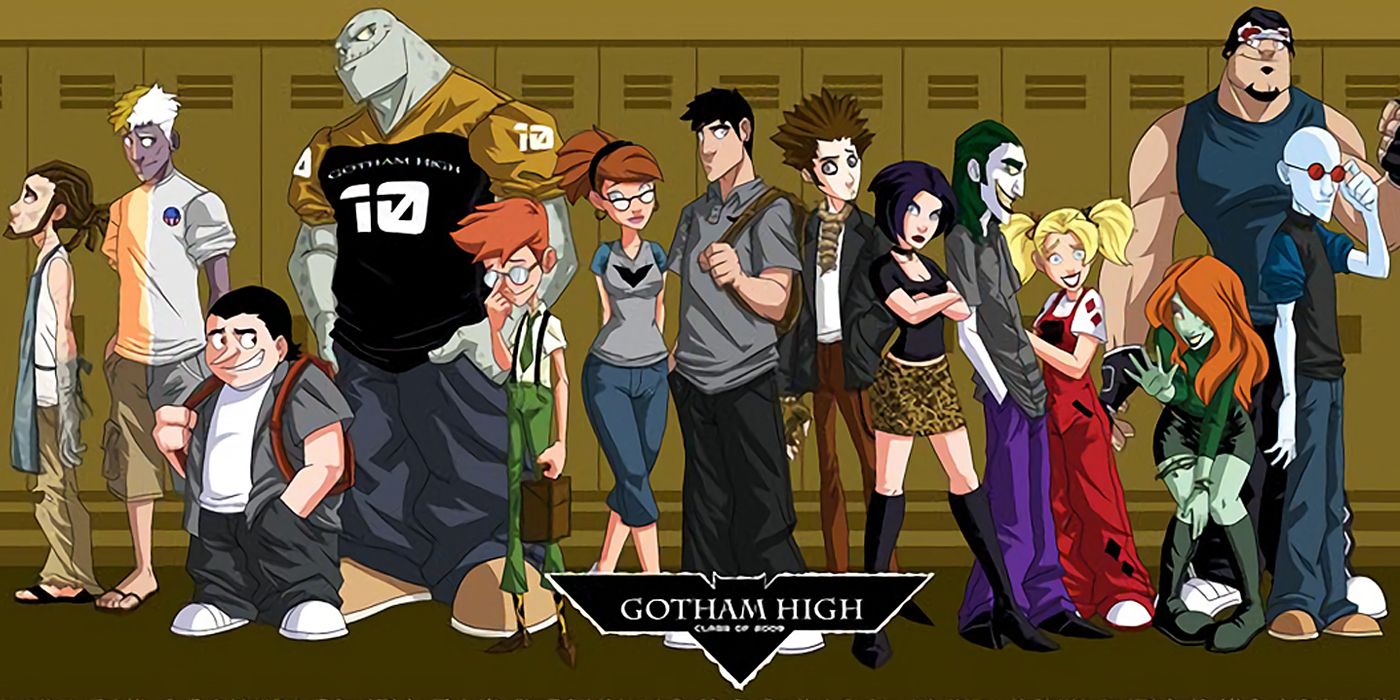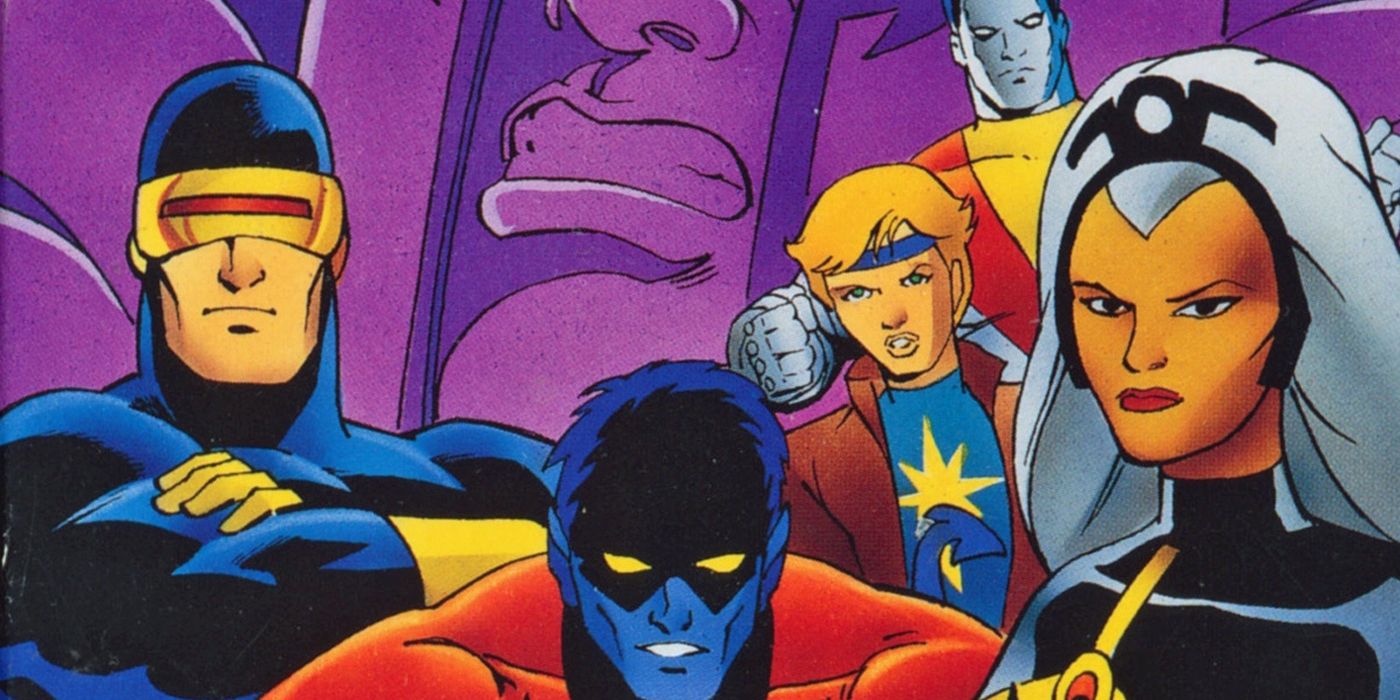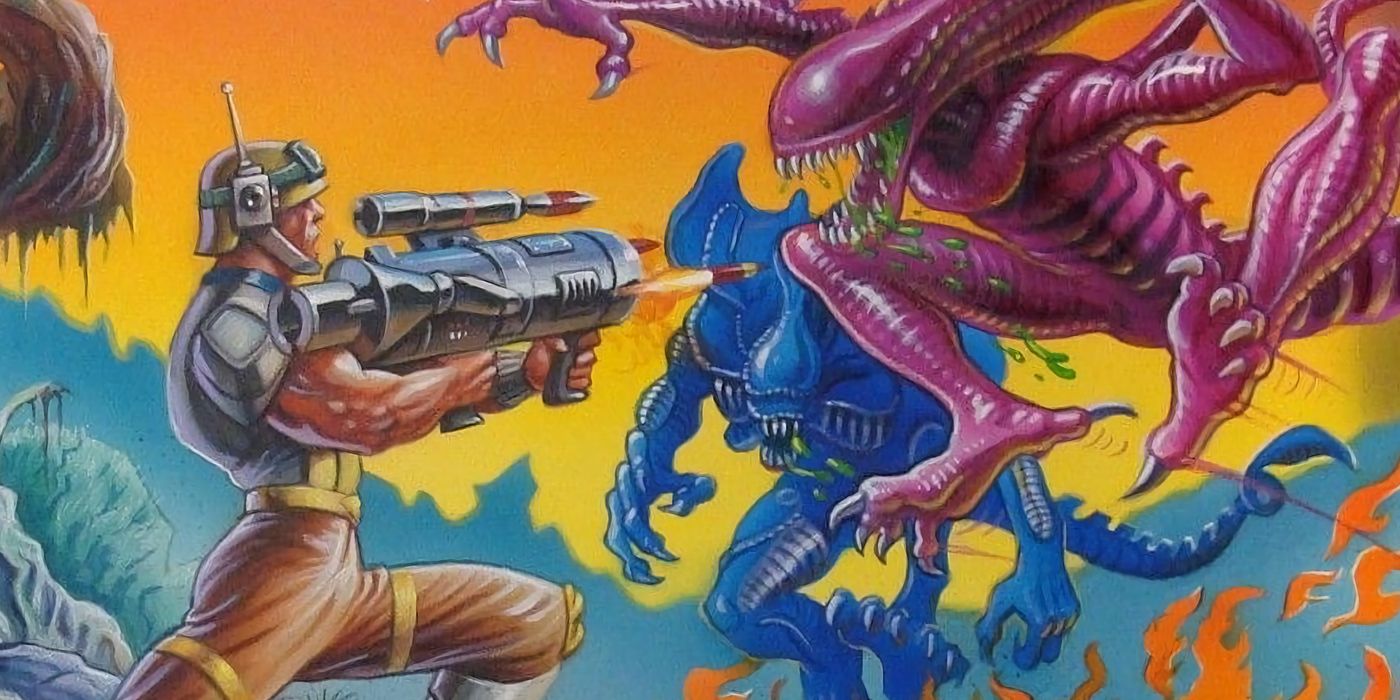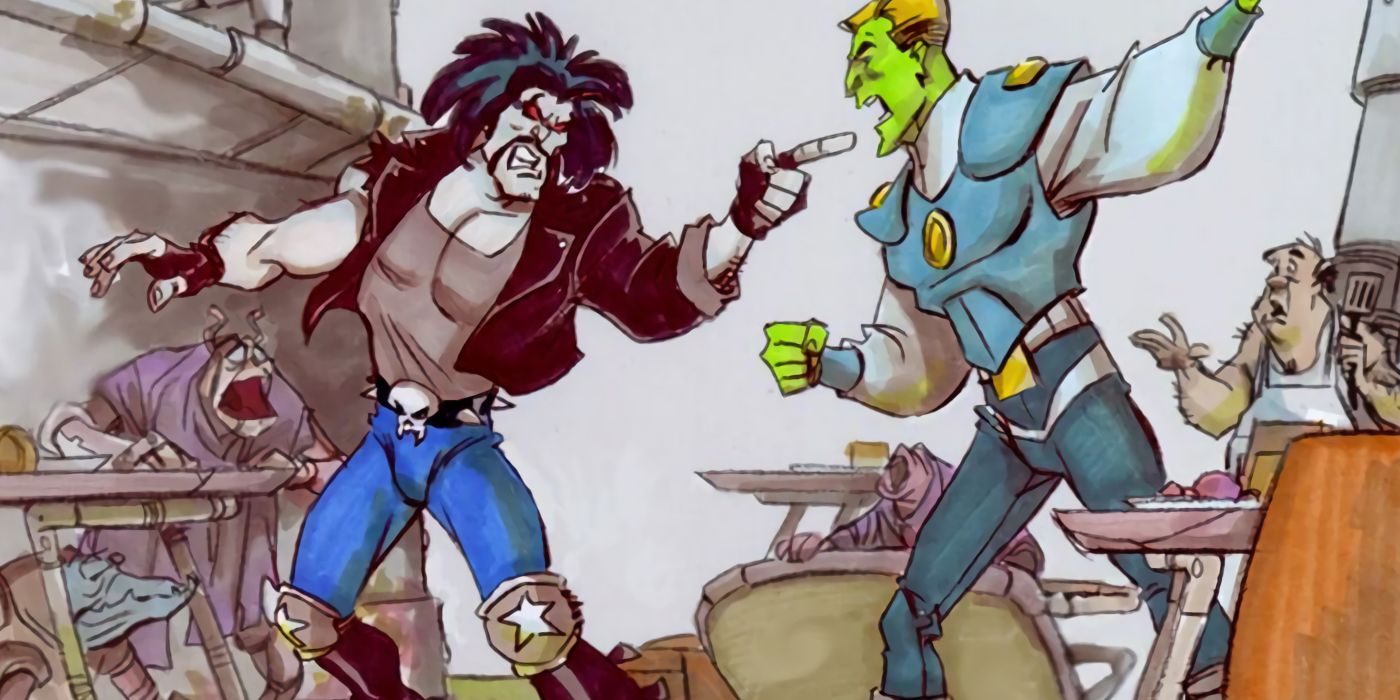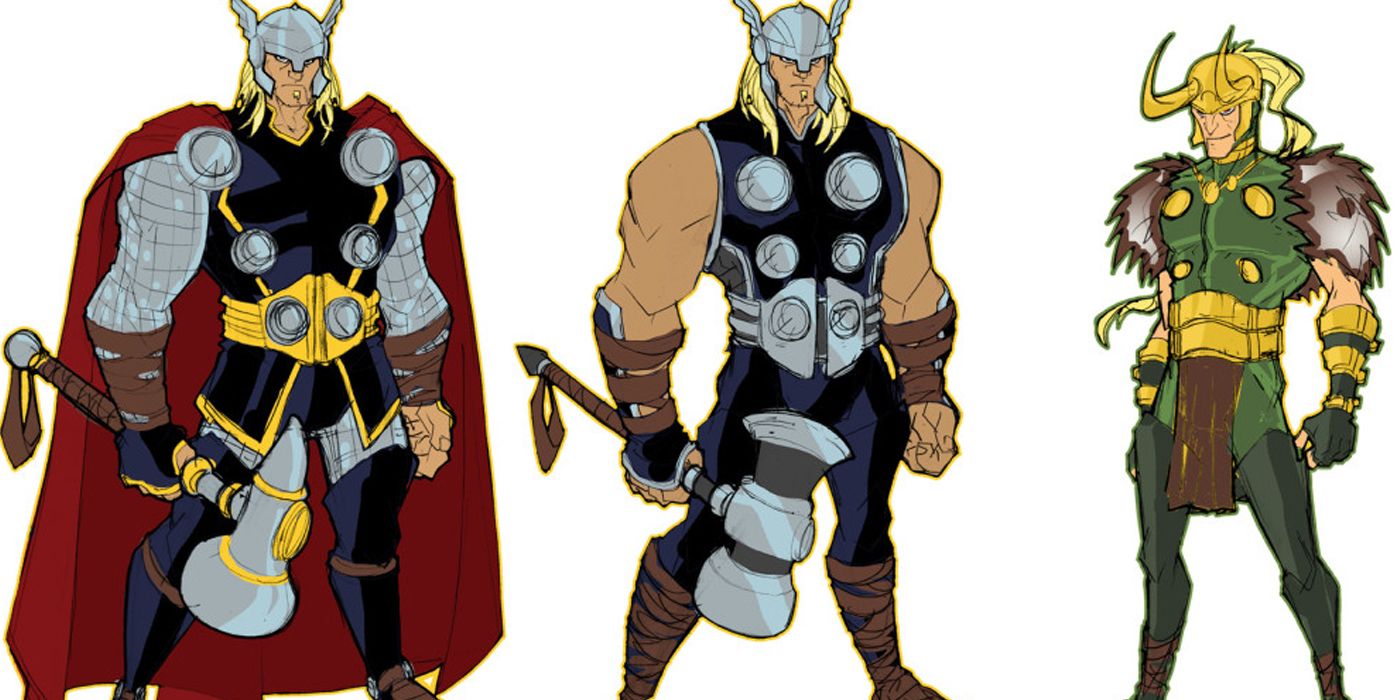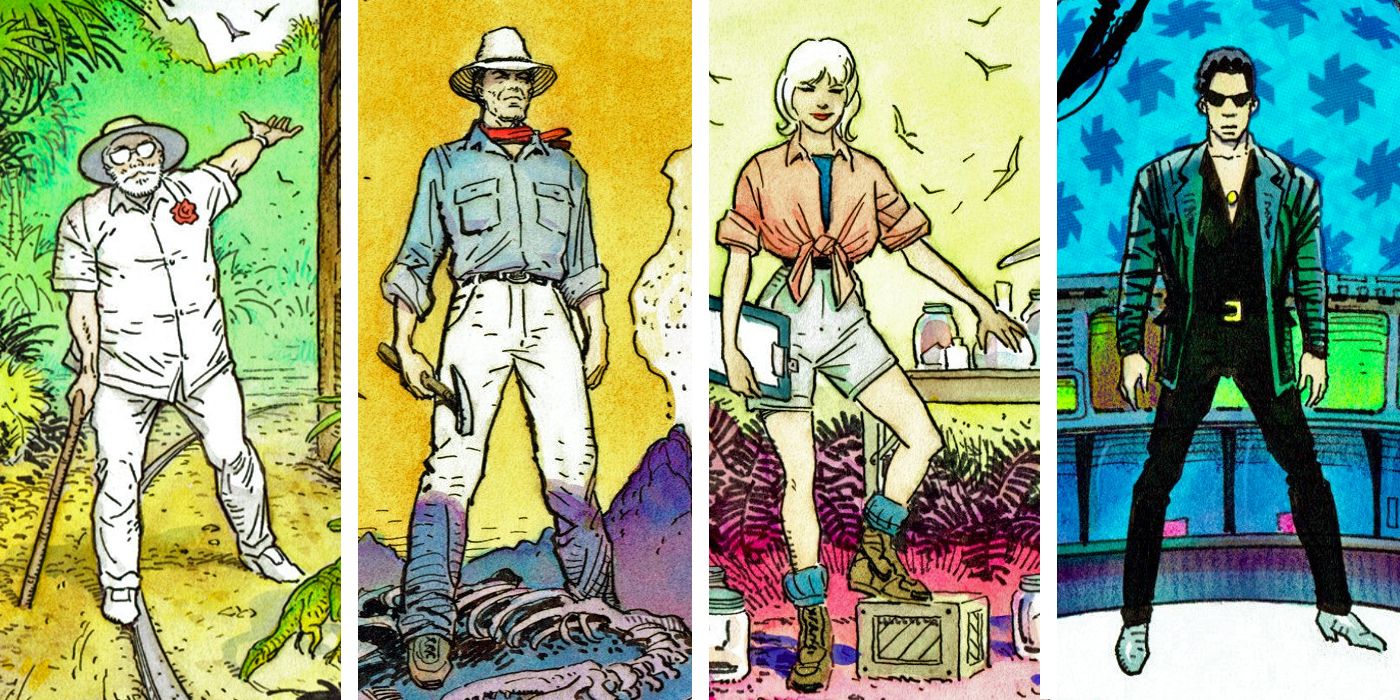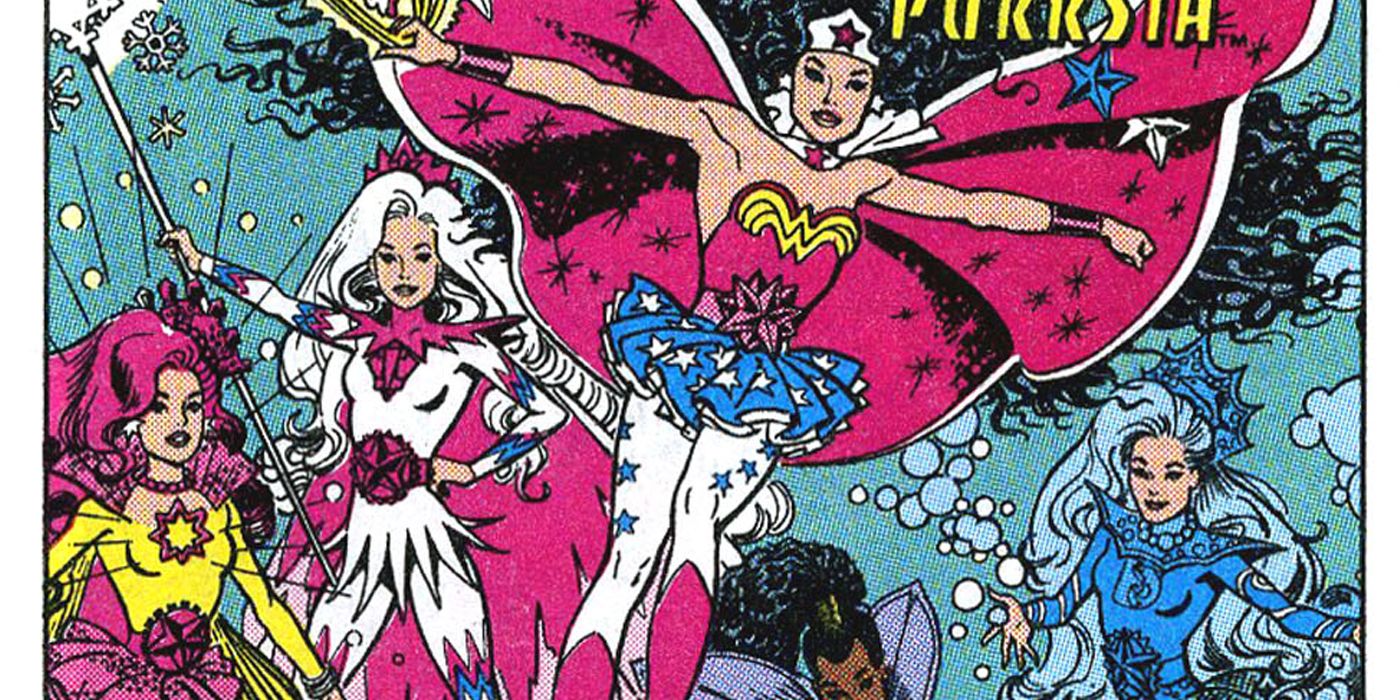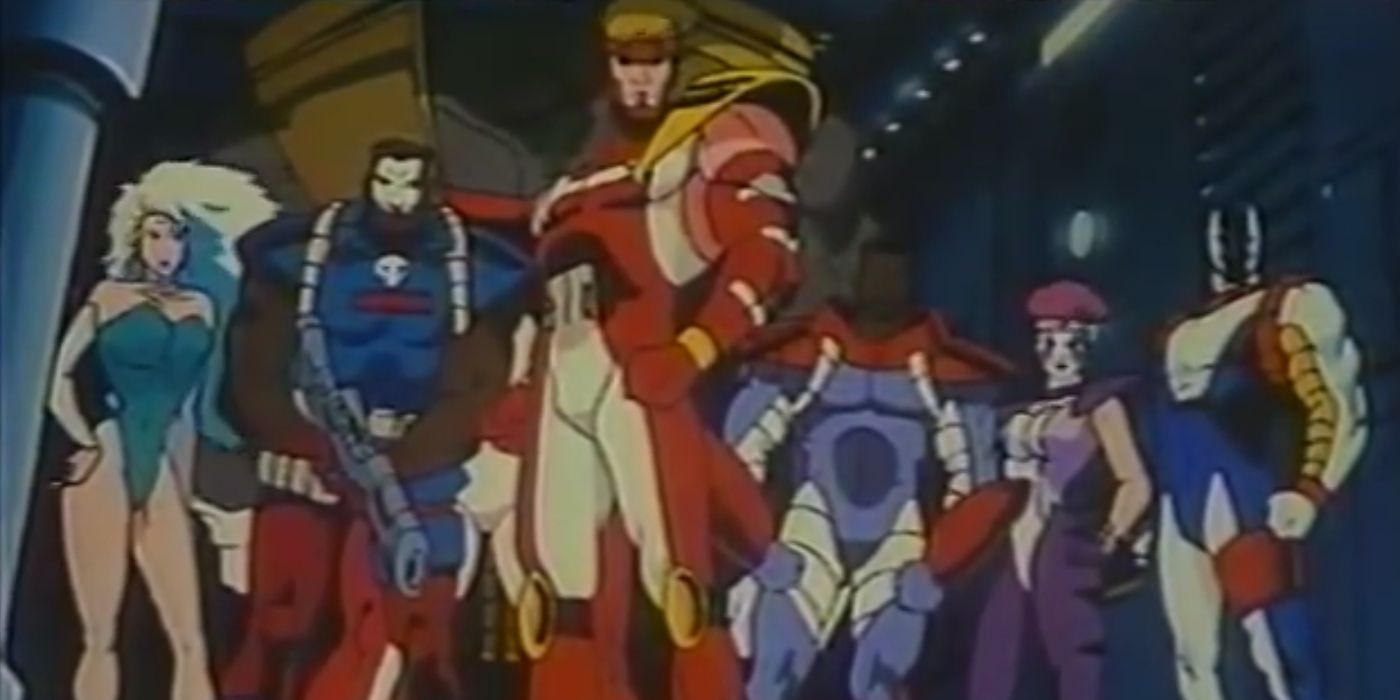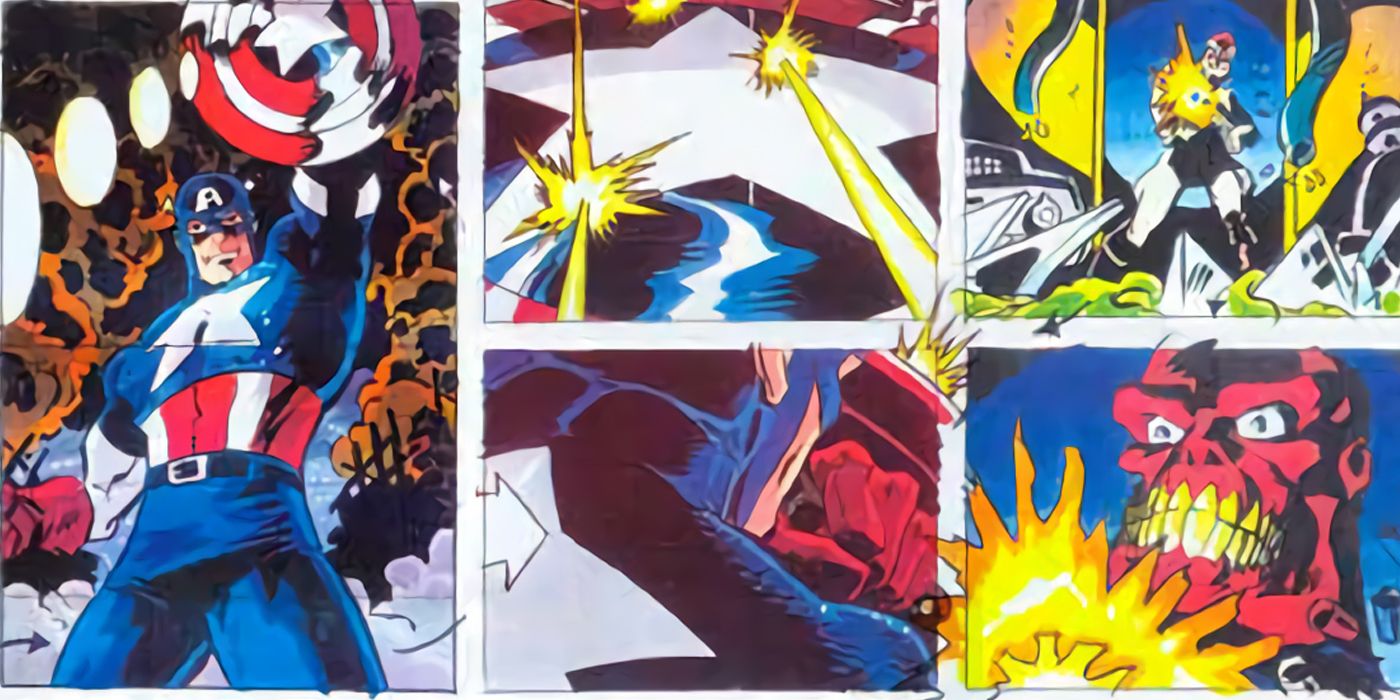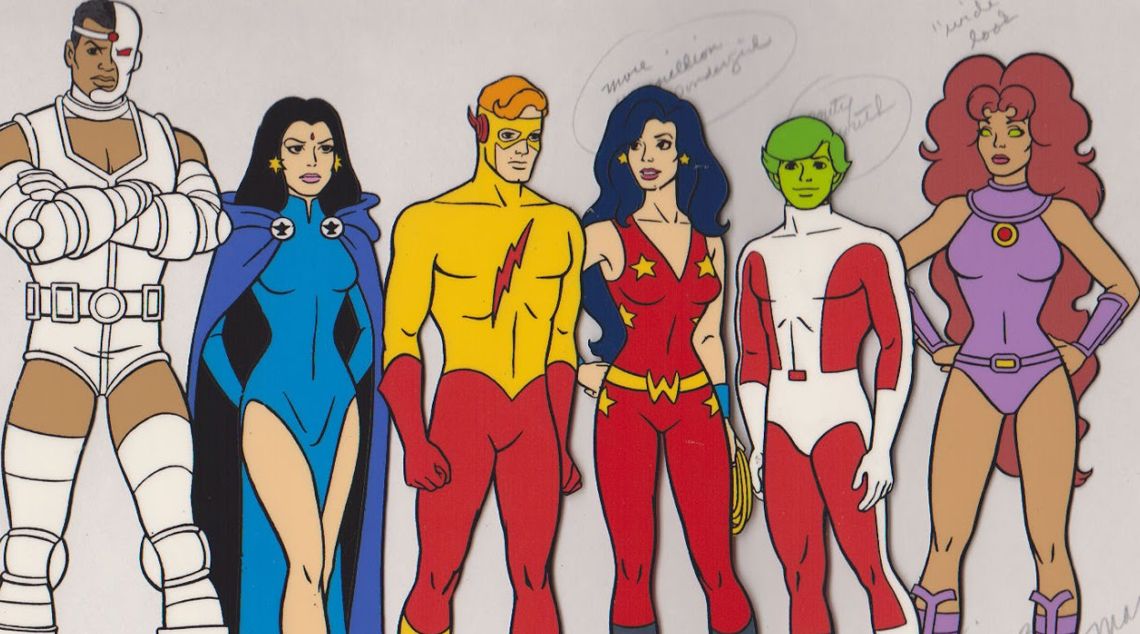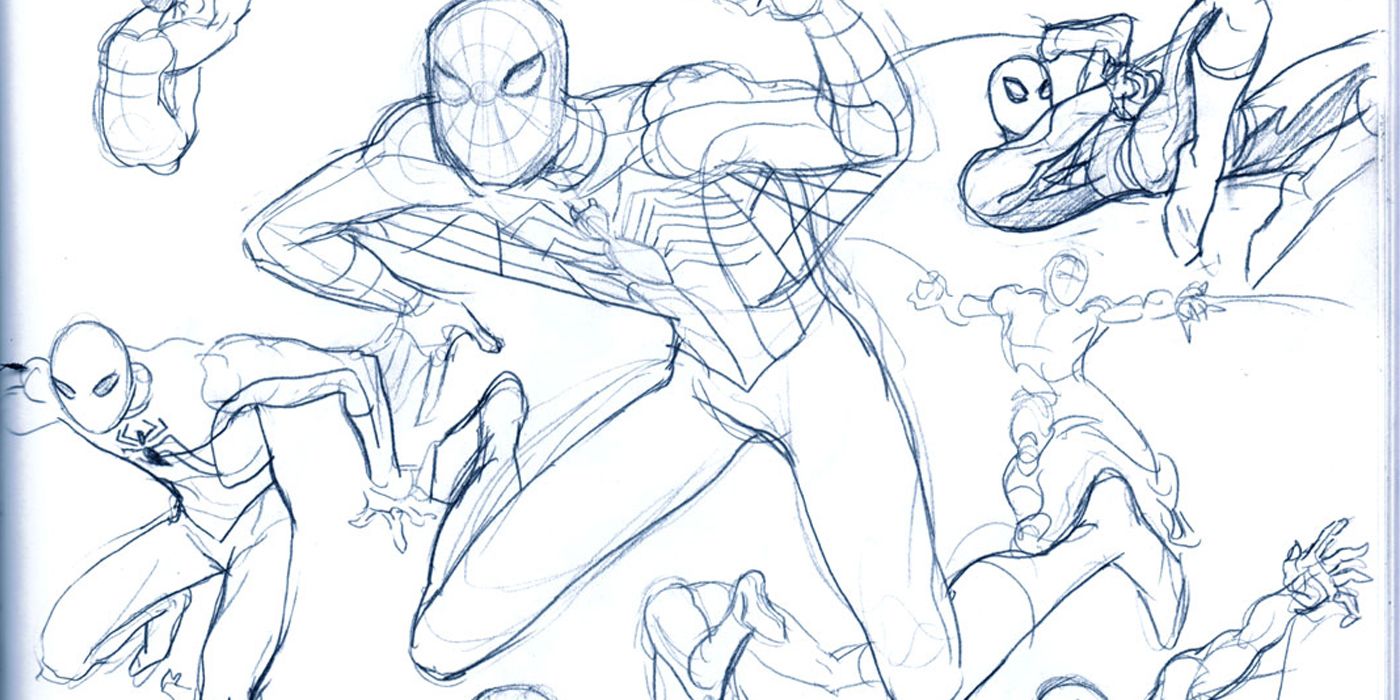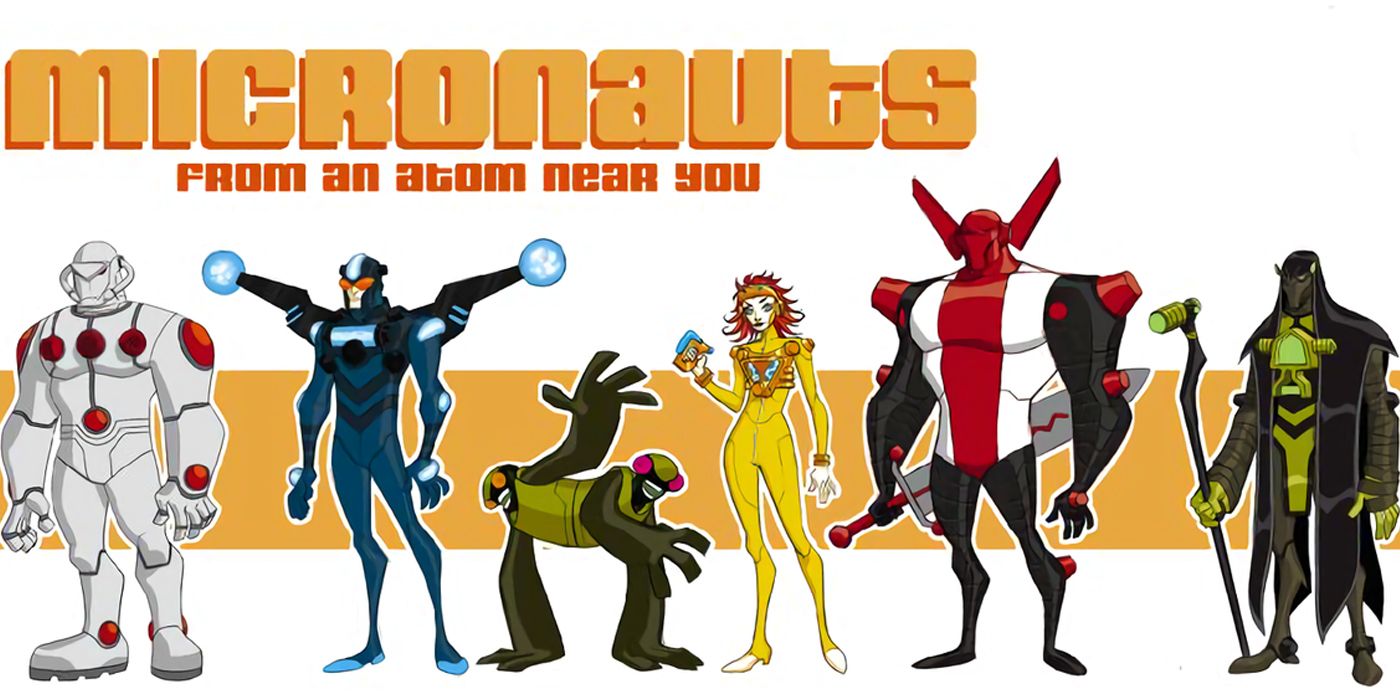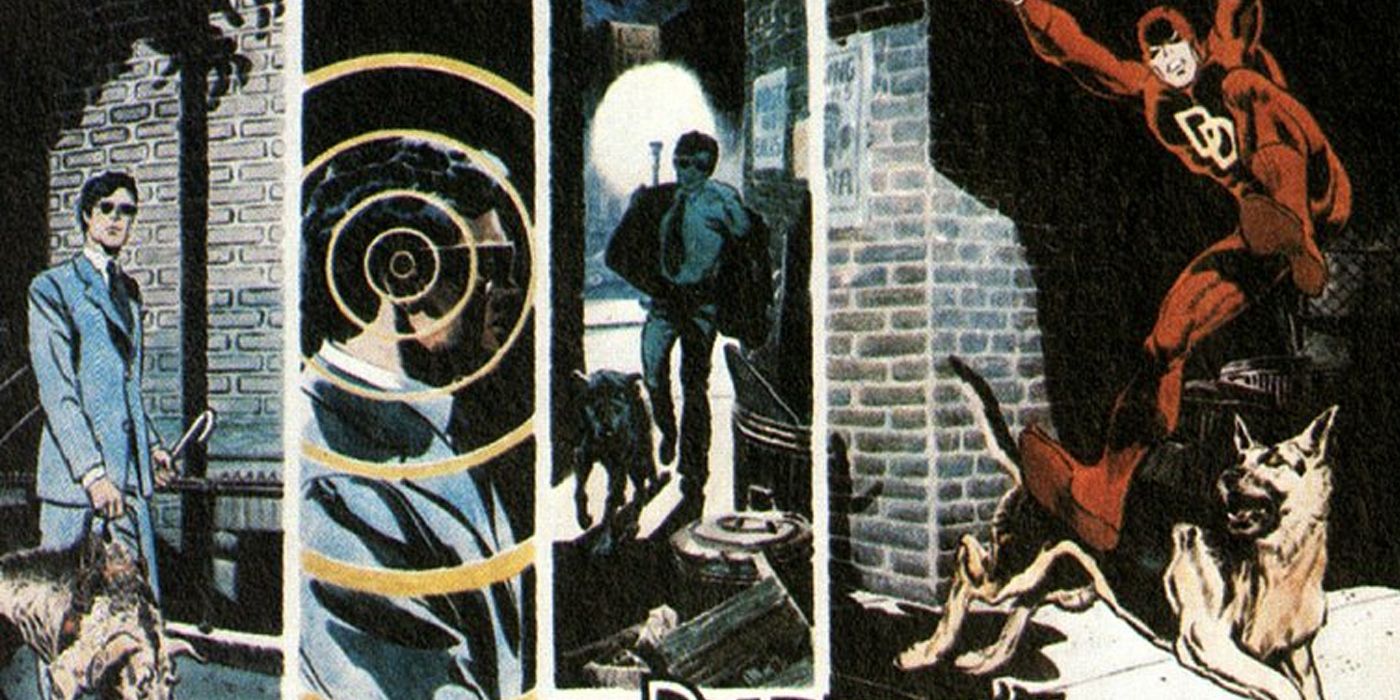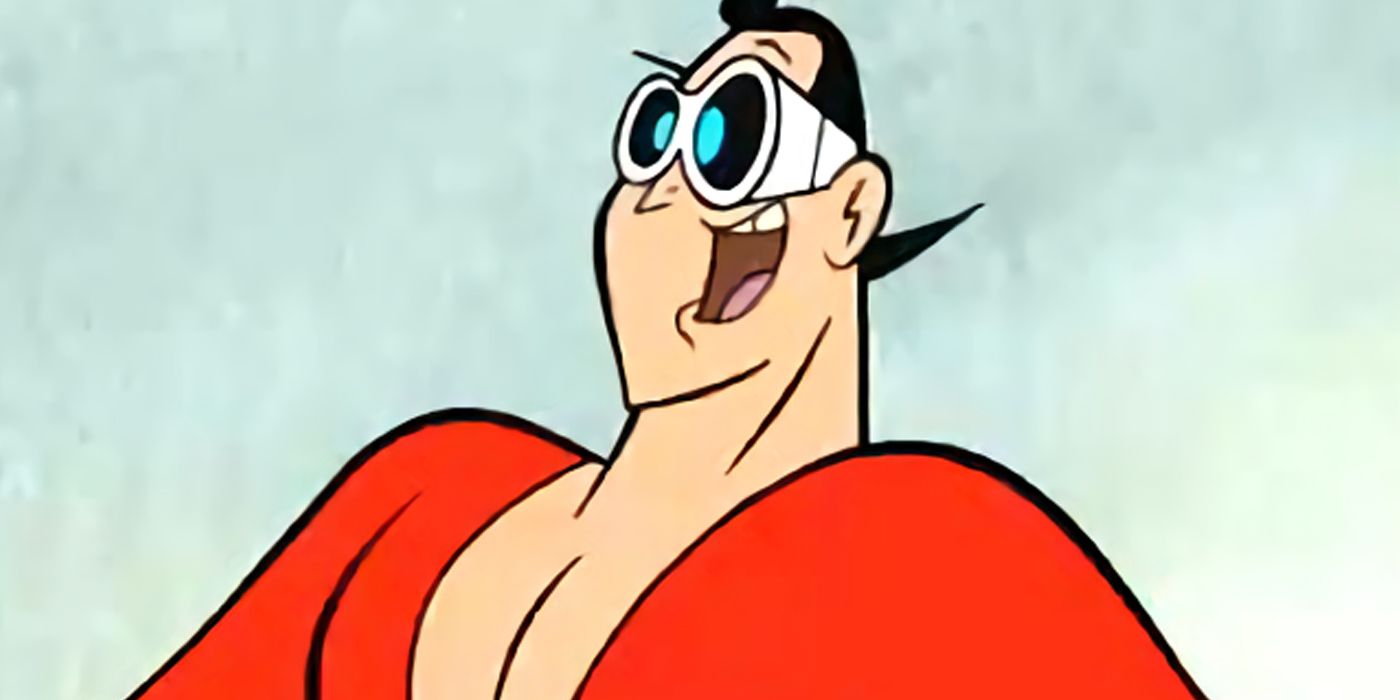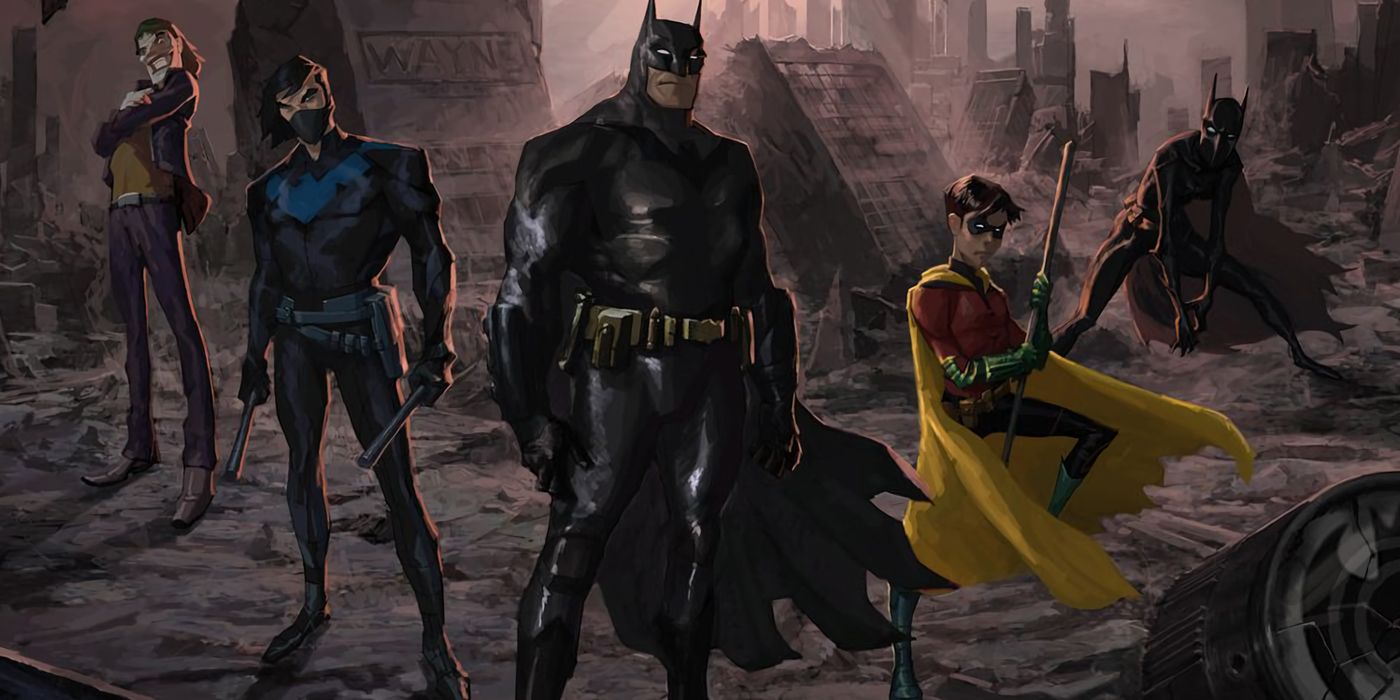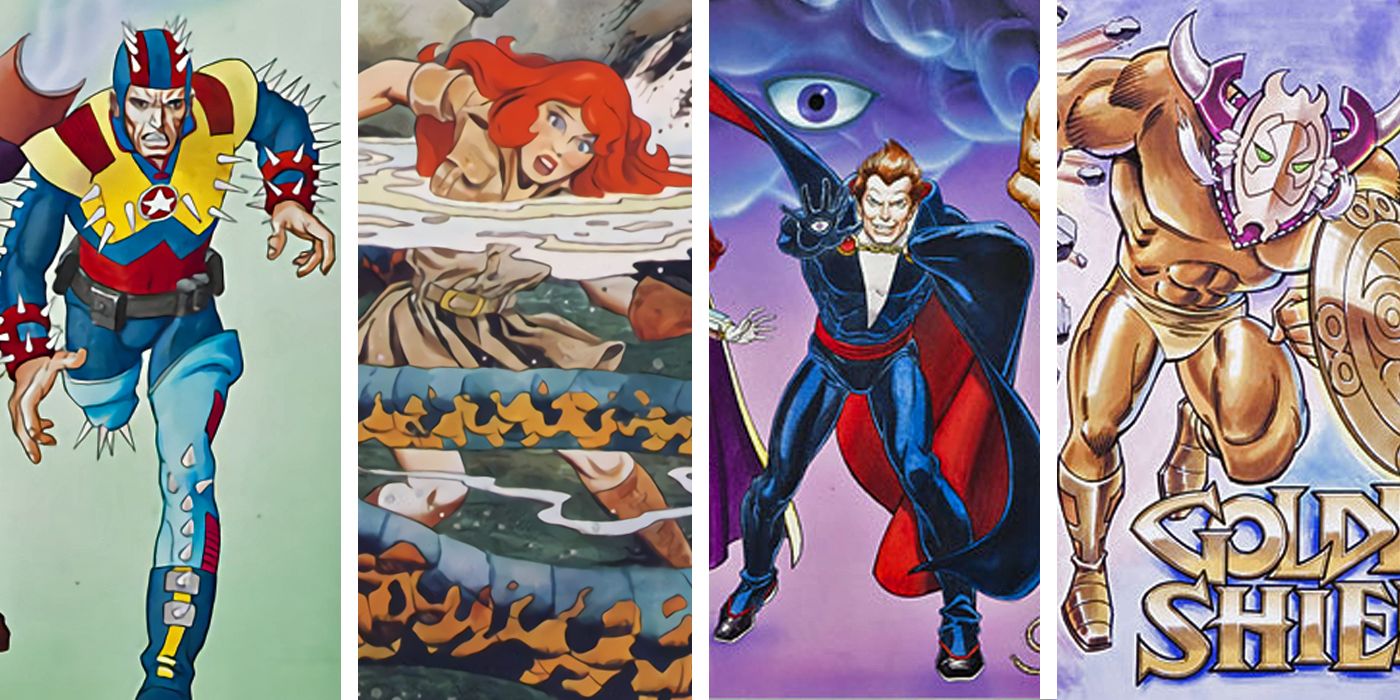Cartoons are a fundamental part of any childhood. While they might seem like simple distractions that thrill and delight audiences of all-ages, they can also introduce characters and concepts that spark lifelong passions. Especially for publishers like Marvel and DC Comics, cartoons can be a great way to introduce a wide audience to their world-famous superheroes. But for every cartoon that makes it to the airwaves, there are a dozen that never leave the drawing board. Even for powerhouses like Marvel and DC, there's "no such thing as a sure thing" when it comes to TV, and the history of animation is littered with the remains of cartoons that were never produced or aired.
RELATED: 15 Major Marvel Characters Completely Cut From Movies
Now, CBR is counting down at the cartoons you almost grew up with. For this list, we'll be taking a look back at some notable cartoon concepts that never became series, with a focus on comic book-related properties. While most of these shows never made it past the early stages of development, some of them aired pilots that were never picked up to become a series. Regardless of how far along in development these shows were, they all remain tantalizing hints at what could have been.
16 GOTHAM HIGH
While Gotham has been exploring the supervillain-filled life of a young Bruce Wayne since 2014, Gotham High almost offered a very different take on the life of a young Bruce Wayne. In 2009, Jeffrey Green and Celeste Thomas started developing a series about Bruce Wayne's high school years. In a concept reminiscent of X-Men: Evolution, most of Batman's villains would've been de-aged into teenagers, and the cast would've attended Gotham High School.
Each character would've had a role that drew on their traditional attributes and traditional high school stereotypes. Harvey Dent would've been the class president, Edward Nygma, would've been a nerd and the Joker would've been the class clown. Despite his popularity, Bruce would've been torn between his emerging Batman persona and the dueling affections of Selina Kyle and Barbara Gordon. According to Green, the series got lost in the shuffle of other DC projects and eventually faded away.
15 PRYDE OF THE X-MEN
Before the X-Men ruled Saturday mornings in the 1990s, the first effort to give the X-Men a cartoon, Pryde of the X-Men, flamed out in 1989. Produced by Marvel Productions and New World Productions, the half-hour special aired during the syndicated Marvel Action Hour programming block. In the special, a group of X-Men including Dazzler, Kitty Pryde and an Australian Wolverine fought Magneto and his Brotherhood of Mutant Terrorists.
A few years later, Pryde of the X-Men was released on home video and served as the basis for Konami's side-scrolling beat 'em up video game, X-Men. Even though it didn't become a series, that game became an arcade staple and a beloved title from that era of gaming. Producer Margaret Loesch also fought for the pilot, and she went on to green-light X-Men: The Animated Series after she became head of Fox's kids shows.
14 OPERATION: ALIENS
For decades, misguided executives have tried to turn the gory sci-fi horror franchise Alien into kid-friendly entertainment. In the 1970s, toy giant Kenner had to recall an Alien action figure and abandoned plans for a full line of toys after parental protests. By the early 1990s, the success of James Cameron's Aliens spawned Operation: Aliens, a proposed kid-friendly spin-off of the 1986 sequel.
That series would've followed Ripley, the android Bishop and Colonial Marines like Hicks and Drake as they continued to fight various types of Alien Xenomorphs. Although an unnamed Korean animation studio completed some work on the series, only grainy stills have never been made public. After Alien3 flopped in 1992, common sense prevailed and Fox killed the series. While the cartoon's tie-in line of action figures and mini-comics was rebranded and released under the Aliens banner, a few pieces of merchandise carried the unaired cartoon's logo.
13 LOBO
Like Aliens, the DC Comics alien bounty hunter Lobo isn't really meant for children. Created by Keith Giffen and Roger Slifer in 1983's Omega Men #3, the Last Czarnian was violent, vulgar, and very popular in the 1990s. Despite the adults-only aspect of his comic history, Lobo was a part of the DC Universe and was a well-received guest-star on Superman: The Animated Series.
After Lobo's guest appearance, Kids' WB! and Cartoon Network both showed interest in giving the Main Man his own series. Steven E. Grant's concept art for the show depicts Lobo and a cast of alien characters, including one who appears to be Vril Dox, Brainiac's heir and Lobo's ally. While this cartoon never made it past the early stages of production, Lobo starred in a short-lived web series in 2000. Unlike the proposed cartoon, the web series kept Lobo's dark humor and brutal violence.
12 THOR
In the early days of the Marvel Cinematic Universe, Marvel made a concerted effort to introduce the general public to the Avengers. After the success of Jon Favreau's Iron Man in 2008, Marvel helped keep the Avenger in the public consciousness with the animated series Iron Man: Armored Adventures. Marvel wanted to use a similar release model with a Thor cartoon to accompany Kenneth Branagh's Thor, which was originally scheduled to be released in 2010.
After a few years in development, the proposed Thor show would've been one of the first projects completed by Marvel's then-new TV division, and was set to debut in late 2010. Jonboy Meyers' concept art shows how Thor and Loki might've looked in the series. Thor's allies, Balder the Brave and the Warriors Three, were also set to appear. The show apparently fell by the wayside when Thor's cinematic debut was pushed into 2011.
11 ESCAPE FROM JURASSIC PARK
When it was released in 1993, Steven Spielberg's Jurassic Park was a critical and commercial smash hit. Thanks to Chip Kidd's iconic logo for the franchise, it was also a juggernaut in licensed merchandise. Naturally, Universal Cartoon Studios and Amblin Entertainment began developing a sequel cartoon series called Escape from Jurassic Park.
Over its 23 episode first season, the show would've followed John Hammond's continuing efforts to make Jurassic Park functional. It would've also featured a rival corporation that accidentally released dinosaurs into the Amazon Rainforest while trying to build their own dinosaur park. As William Stout's concept art shows, the show would've featured most of the film's characters too. In an effort to appeal to an all-ages prime time audience, the show would've featured a blend of traditional and computer-generated animation. Eventually, Spielberg killed the show, allegedly due to his exhaustion with the film's commercialization.
10 WONDER WOMAN AND THE STAR RIDERS
While Lynda Carter's Wonder Woman ruled airwaves in the 1970s and Gal Gadot's Wonder Woman dominated the summer box office, DC's Amazon has never starred in her own cartoon series. While she was a main cast member on shows like Super Friends and Justice League, Wonder Woman and the Star Riders never got off the ground in the early 1990s.
Based on a canceled line of Mattel toys, the cartoon would've featured a fantasy-oriented take on Wonder Woman and other DC heroines like Ice and Dolphin. In addition to those two heroes, the Star Riders would've also featured original characters Starlily and Solara, and the whole team would've ridden brightly-colored unicorns. No samples from the toyline or the cartoon have ever been released, but a Wonder Woman and the Star Riders promotional comic was given away in boxes of Kellogg's Cinnamon Mini Buns cereal in 1993.
9 YOUNGBLOOD
After the massive success of X-Men: The Animated Series, Fox began developing other superhero team shows in the mid-1990s. One of those shows was an adaption of Rob Liefeld's Youngblood. The top-selling title starred a government-sponsored team of heroes who also had to deal with the pressures of fame. Like the successful comic, the Youngblood cartoon would've featured characters like the archer Shaft and the super-strong Badrock.
The cartoon was developed by Roustabout Productions and was supposed to be paired with an animated version of Marc Silvestri's Cyberforce in a one-hour block of extreme superhero action. Some footage of the show has been made public over the years, including a short opening sequence showing that was released on Hero TV, a long-defunct videotaped comic book magazine. According to Liefeld, Youngblood and Cyberforce were both killed when Fox signed a deal to make new superhero cartoons exclusively with Marvel.
8 CAPTAIN AMERICA
As X-Men and Spider-Man: The Animated series began to wind down in the mid-1990s, Marvel and Fox began work on a Captain America cartoon. After having guest-starring roles in both shows' later seasons, Captain America would've starred in a cartoon that would've been produced by Saban Entertainment, who produced Spider-Man and X-Men.
The show would've taken place during World War II, and it would have followed Captain America and Bucky through their early adventures. While it would've featured villains like the Red Skull, the show would not have made any explicit references to Nazism or Nazi symbols, according to writer Steve Englehart. In an odd twist, Captain America's real name on the show would've been Tommy Tompkins, and his Steve Rogers identity would've been a cover. Although a brief promo reel for the program was released, Marvel's 1996 bankruptcy allegedly stopped development on the series.
7 TEEN TITANS
Even though New Teen Titans was one of DC's era-defining titles in the 1980s, the young superhero team didn’t have a show of their own until 2003. That almost changed in 1983, when Hanna-Barbera started work on a Teen Titans cartoon. While Robin would've stayed on the long-running Super Friends, this show would've featured Wonder Girl, Cyborg, Kid Flash, Raven, Starfire and Changeling/Beast Boy.
The rejected Teen Titans would've been a fairly serious adventure show with villains like Trigon and Blackfire. ABC passed on the show to focus on more cartoonish shows that could replicate the success of The Smurfs. Despite that, Hanna-Barbera's character designs for the show were used to produce an anti-drug PSA for the President’s Drug Awareness Campaign. While that ad has been lost to time, it featured an original hero called the Protector, who was created by Marv Wolfman for the campaign.
6 SPIDER-MAN
After the highly-rated Spider-Man: The Animated Series ended in 1998, Marvel and Fox needed to come up with a new show to keep showing reruns of that series and fulfill some contractual obligations. According to producer Will Meugniot, that new show would've been produced by Saban Entertainment and would've featured direct adaptations of Stan Lee and Steve Ditko's early Amazing Spider-Man stories.
While Meugniot started work on character designs for the series, their plan for the cartoon fell apart when Sony purchased the rights to make Spider-Man movies and cartoons. As a result, Meugniot and his team were forced to make Spider-Man Unlimited, a Spider-Man series that ignored most of the character's history and brought together several disparate parts of the Marvel Universe. After one season of 13 episodes, the show was canceled due to disappointing ratings.
5 MICRONAUTS
Unlike almost every other major toy franchise from the 1970s or 1980s, the Micronauts never had a cartoon of their own. Although the toys were developed by Japanese toy maker Takara and sold in the U.S. by Mego, most of the Micronauts' mythology was created during Bill Mantlo and Michael Golden's seminal run on Marvel's Micronauts. In that series, Micronauts like Acroyear protected the sub-atomic Microverse from Baron Karza. Unlike most licensed comics, the Micronauts were tied closely to the Marvel Universe, and Marvel still owns concepts they created for the series.
Although it couldn't have featured Marvel-developed concepts, a syndicated Micronauts cartoon almost happened in the 1990s. In 2013, artist Dave Johnson revealed some concept art for another proposed Micronauts show that featured old and new characters. Although Johnson praised the show's story, he added that Hasbro stopped work on the show shortly after buying the franchise in 2009.
4 DAREDEVIL AND LIGHTNING, THE SUPER DOG
Starting in 1981, Spider-Man and His Amazing Friends became one of Marvel's early animated successes. In that show's wake, Marvel Productions pitched several other cartoon series based on characters like Iron Man, Ant Man, a teenage Hulk and, most notably, Daredevil. As seen in some of the show's publicly available concept art, Daredevil would've been joined by a seeing eye dog who helped him fight crime as Lightning the Super Dog.
While Daredevil and Lightning, the Super Dog never made it past the early stages of pre-production, writer Mark Evanier said that the show went through several overhauls in pre-production that took the character far away from his comic roots. According to Evanier, ABC picked up the series, but dropped it from the schedule without much fanfare. Marvel tried to give Daredevil his own animated series again on Fox in 1999, but that effort ultimately fizzled out too.
3 PLASTIC MAN
While he might not have the most prominent role in comics, the super-stretchy, super-silly Plastic Man has a history that stretches back to 1941. After DC Comics bought the Jack Cole creation in 1956, he starred in one season of Ruby-Spears Productions' The Plastic Man Comedy/Adventure Show. In 2006, Plastic Man starred in a pilot for a new cartoon, produced by Warner Bros. Animation and Cartoon Network.
In the comedic short, called "Puddle Trouble," Plastic Man was played by Tom Kenny and fought the Puddle, a water-based villain. While this show wasn't picked up, the pilot was included on a DVD release of Plastic Man's old cartoon. Kenny reprised his role as Plastic Man in several animated forms, including the character's appearances on Batman: The Brave and the Bold. Like several other minor DC characters, Kenny's Plastic Man starred in a few shorts for Cartoon Network's DC Nation programming block.
2 BATMAN: NO MAN'S LAND
In 1999, DC Comics published "No Man's Land," a year-long Batman crossover where Gotham City became a post-apocalyptic wasteland after a massive earthquake. Despite its massive length, the storyline was totally cohesive and was very well-received. In the mid-2000s, there were a few attempts to turn the crossover into a cartoon series.
Like the comic, Batman: No Man's Land would have followed Batman and his allies like Nightwing, Robin and Batgirl as they fought to protect the ruins of Gotham City. Producer James Tucker and designer Coran Stone worked on the cartoon's first iteration, which was abandoned in favor of the brighter Batman: The Brave and the Bold. A few years later, development began on a retooled CG-animated version of the same idea, but that was also scuttled due to the concept's dark tone.
1 JACK KIRBY'S LOST CARTOONS
After co-creating most of the Marvel Universe and some big parts of the DC Universe, comic legend Jack Kirby went into animation in the late 1970s and 1980s. While he worked on several cartoons that made it to air, most of the cartoon pitches he created for Ruby-Spears Productions never resulted in anything. In 2010, the studio revealed that it had over 600 previously unseen storyboards for new Kirby creations that had never been publicly revealed.
Every concept was filled with Kirby's trademark sense of adventure. To name a few, Roxie's Raiders followed a group on Indiana Jones-esque adventurers, and The Bodyguards featured a team of super-powered heroes for hire. Warriors of Illusion starred supernatural heroes, and Golden Shield followed an Aztec hero in the distant future of 2012. While none of these concepts has been developed yet, Ruby-Spears has hinted that they may still see the light of day.
Don't touch that dial! Keep it locked to CBR for all the latest in comics and pop culture. Let us know which of these cartoons you want to see in the comments!

